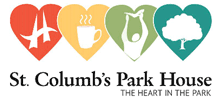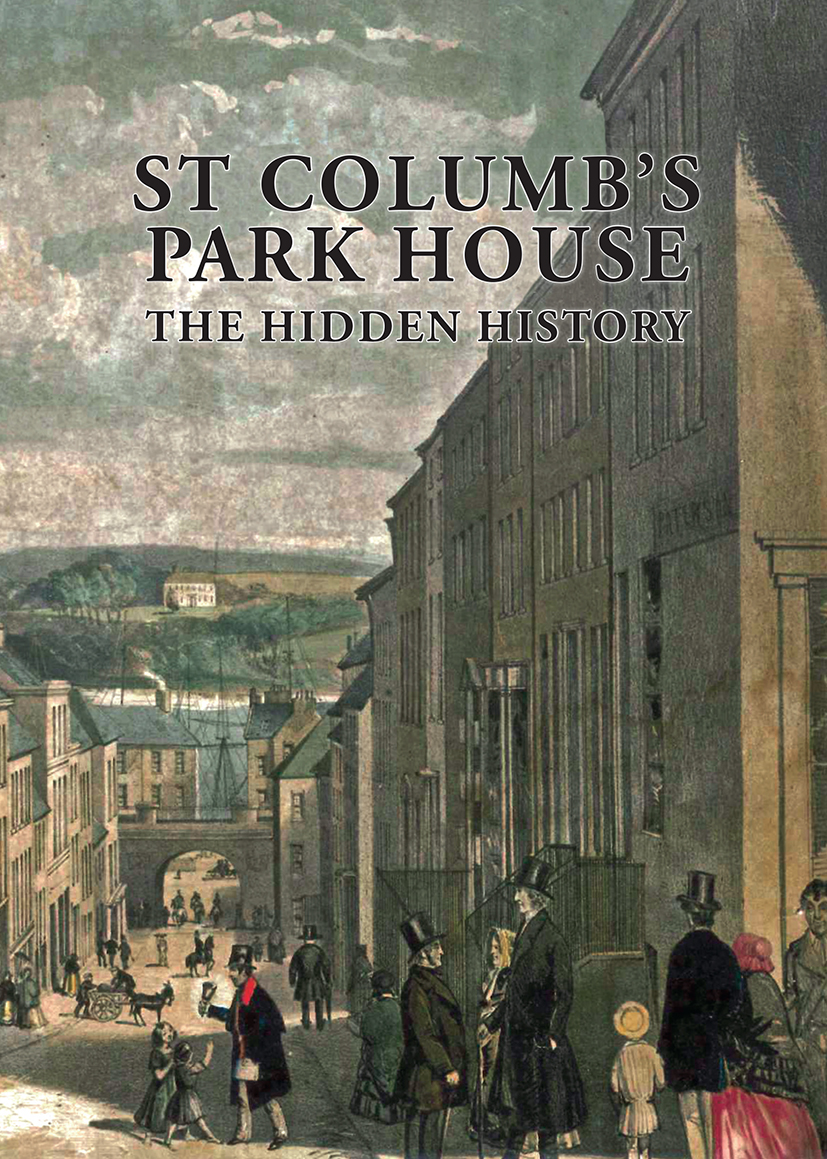|
With thanks to The National Lottery Heritage Fund who have funded us to explore the history of St Columb's Park House. |
The REA Project, which was funded by The National Lottery Heritage Fund, along with our group of historian volunteers have spent the past year rediscovering the history of St. Columb’s Park House – culminating in the publication of our book, which can be read at your leisure below……
Click here to read our publication ' The Hidden History'.
Dating back over 250 years, the wealth of history connected to St. Columb’s Park House sets it apart as one of the most significant ‘big houses’ in the city. Although owned by only a few families, the house was rented out for many years, leaving behind a fascinating mix of history by the residents who lived here. From doctors, to solicitors, clergymen to farmers, St. Columb’s Park House is unique in its history, and the impact that its residents had on Derry still reverberate today.
St. Columb’s Park House is a late Georgian stately manor home with a Victorian Italianate addition. The house is a Grade B1 listed building and is set within its own grounds, comprising of five acres of woodland and gardens, including a wildlife area and a walled organic vegetable garden.
The house and grounds are situated within St. Columb’s Park, the city’s largest urban park, which boasts sixty acres of woodland and riverside walks. Geographically, the house sits on the periphery of Ebrington, (previously an army barracks dating back to WWI), which is now home to the new D.N.A. Museum. Close to the house lies the ruins of St. Brecan’s – the oldest ecclesiastical site in the city.
Our earliest record of occupancy of St. Columb’s Park House is 1783 by the Pitt Kennedy family, and this was followed by a series of different families, who were well know movers and shakers of the city and have left their mark on the city to this day. Sadly, like many big houses, St. Columb’s Park House became derelict in the 1980s and through time, the importance of the house, its gardens and families were lost and disconnected from the heritage of the city.


